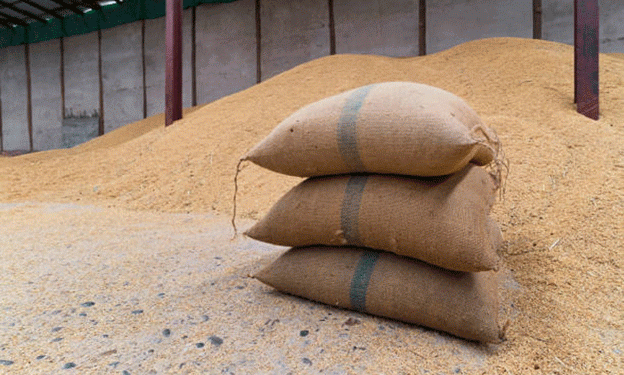India’s rabi (winter) cropping season has entered a crucial phase, with wheat, the primary winter crop, recording a 2.28% increase in sowing area to 239.49 lakh hectares. However, this positive development is offset by a decline in oilseed coverage, which fell by 4.34% to 86.52 lakh hectares. These mixed trends, based on data released by the Ministry of Agriculture on December 6, highlight the dynamic nature of the agricultural landscape in the ongoing season.
Wheat Sowing Gains Momentum
Wheat sowing, which began in November, has shown a promising rise in coverage:
- Current Season: 239.49 lakh hectares, up 2.28% from the previous year.
- Regional Contributions: Increased sowing activity was reported in northern and central states such as Punjab, Haryana, and Madhya Pradesh, aided by favorable weather and improved soil moisture.
The wheat crop, which is typically harvested between March and April, is crucial for ensuring food security, making these gains significant for the nation’s agriculture.
Pulses and Coarse Cereals: Marginal Increases
Pulses acreage rose slightly to 120.65 lakh hectares, compared to 115.70 lakh hectares in the previous rabi season:
- Key Crops:
- Gram (chickpea): 86.09 lakh hectares.
- Lentil: 14.75 lakh hectares.
Coarse cereals, on the other hand, saw flat growth at 35.77 lakh hectares, with jowar occupying 19.38 lakh hectares and maize covering 10.07 lakh hectares.
Decline in Oilseed Sowing
The oilseed sector has faced setbacks, with total sowing declining by 4.34% to 86.52 lakh hectares:
- Key Crops:
- Rapeseed-Mustard: Dropped to 81.07 lakh hectares from 84.70 lakh hectares.
- Groundnut: Reduced to 2.31 lakh hectares from 2.51 lakh hectares.
Unfavorable weather conditions and shifts in farmer preferences may have contributed to the reduced coverage. This trend could impact edible oil production and prices in the coming months.
Total Rabi Coverage and Trends
Overall, total rabi sowing has increased by 1.5% to 493.62 lakh hectares, indicating resilience in the agricultural sector. However, initial sowing figures for wheat as of November 8 were lower by 15.5% compared to the same period last year, showing the influence of delayed planting in some regions.
Implications for Farmers and Policymakers
- Wheat: The rise in wheat sowing is a positive indicator for food grain availability and farmer incomes. However, climatic conditions in the coming months will play a critical role in determining yields.
- Oilseeds: The decline in acreage calls for attention to support measures, such as promoting oilseed cultivation and providing incentives to farmers.
- Pulses and Coarse Cereals: Marginal increases in these crops suggest stable production, but enhanced input management can further boost yields.
The 2024-25 rabi season showcases both opportunities and challenges for Indian agriculture. While wheat sowing gains are encouraging, the decline in oilseed coverage raises concerns. By addressing these disparities through targeted policies and resource allocation, the sector can ensure balanced growth and sustainability.
Error





